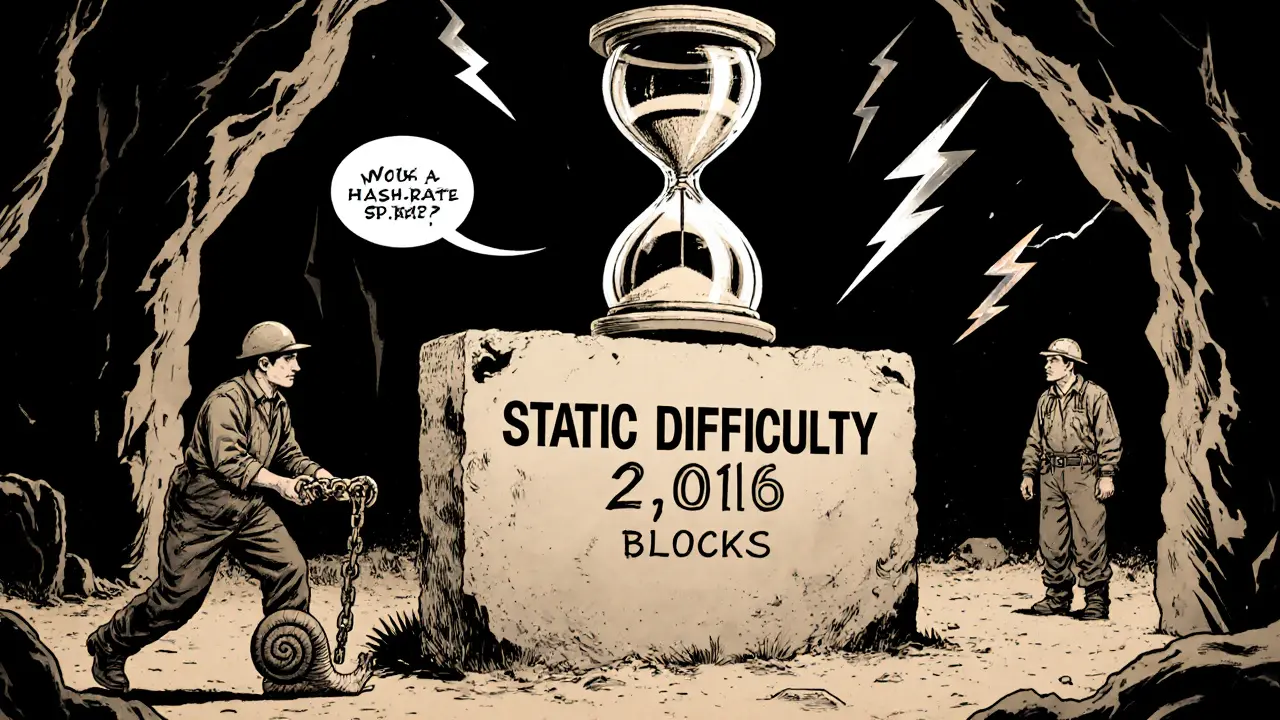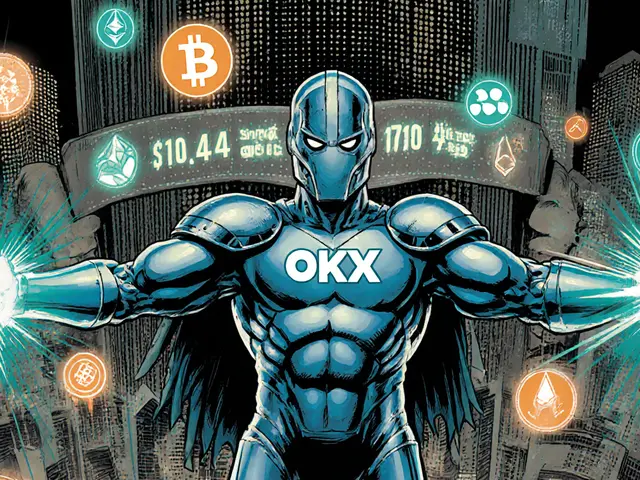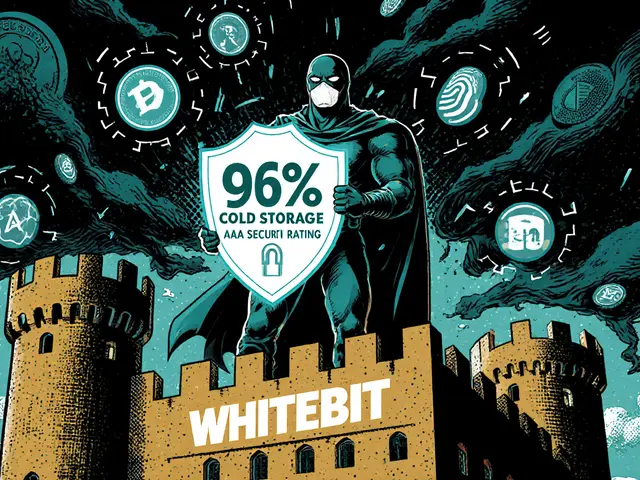Real-Time Difficulty Adjustment
When working with real-time difficulty adjustment, the process that instantly tweaks a blockchain’s mining difficulty based on current network conditions. Also known as dynamic difficulty, it aims to keep block times stable even when hash rate, the total computing power miners contribute to solve proof‑of‑work puzzles spikes or drops.
Why Real‑Time Matters
Traditional Bitcoin difficulty adjusts every 2016 blocks—roughly every two weeks. That lag works most of the time, but sudden hash‑rate swings can cause blocks to arrive minutes early or late, hurting transaction throughput. Mining difficulty, the numeric target that determines how hard it is to find a valid block reacts to those swings, but only after the network has already felt the impact. Real‑time difficulty adjustment encompasses continuous hash‑rate monitoring, so the network can fine‑tune the target before block times drift.
Think of it like cruise control in a car: the engine (hash rate) may rev up or down, and the controller (difficulty) adjusts instantly to maintain a steady speed (block time). This relationship means hash rate influences mining difficulty directly, and the difficulty algorithm requires up‑to‑the‑minute data to stay effective. Without it, miners with powerful hardware could cause sudden spikes that temporarily lower security, while low‑power periods could make block generation sluggish.
Proof‑of‑work (PoW) is the core consensus that ties these pieces together. In PoW, miners race to solve a cryptographic puzzle; the puzzle’s hardness is set by the difficulty. When the network adopts a real‑time adjustment model, the PoW engine becomes more responsive, reducing the risk of orphaned blocks and keeping transaction confirmations predictable. That predictability matters to anyone using Bitcoin for payments, DeFi protocols, or cross‑chain bridges.
Mining hardware also feels the impact. ASIC miners, hydro‑cooled rigs, and even GPU farms all consume electricity based on the difficulty target. If the difficulty jumps unexpectedly, a miner could waste energy on an unsolvable puzzle for several seconds before the network catches up. Real‑time adjustment smooths out those spikes, letting hardware operate closer to its optimal efficiency curve. In practice, this means lower electricity costs per mined Bitcoin and a more even playing field for smaller operators.
Security isn’t just about energy efficiency. A sudden drop in difficulty can open a window for attacks—think 51% attempts or selfish mining tactics. By tightening the feedback loop between hash rate and difficulty, the network reduces the time an attacker has to exploit a lower barrier. This tighter loop also benefits developers building layer‑2 solutions, because they can rely on more stable block intervals when designing roll‑ups or state channels.
Below you’ll find a curated set of guides that dig deeper into each of these angles. From a technical walk‑through of how hash‑rate data feeds difficulty algorithms, to practical tips for miners looking to optimize hardware under a real‑time model, the collection covers both theory and hands‑on advice. Keep reading to see how the pieces fit together and what the future of dynamic difficulty could mean for Bitcoin and other PoW networks.






